Bryan Manning (above) is a cutter who trained at Kilgour French & Stanbury, before running his own workshop in various forms for much of the 1970s and 1980s.
Perhaps the most interesting aspect of his career, however, is the costume work he’s done – in particular, creating suits for a character over different eras.
Bryan’s highest profile work was for ‘Wallenberg: A Hero’s Story‘ starring Richard Chamberlin, for which he won an Emmy in 1985 (below).
He had to make over 30 suits for the film, plus overcoats and other pieces.
It was complicated further, however, by the fact that the suits were worn at different points in the hero’s life, from the 1930s to the 1950s. “No one really understood that if you wanted to make the suits look as they did in that day, you had to construct them differently,” he says.
“If you look at a suit in the 1920s and 1930s, it was usually cut clean in the chest, with the shoulder seam sloping backwards down the back of the jacket.”
This was to allow the jacket to sit very close on the body – which was the ideal. A neat, close fitting suit that showed off the shape of the wearer rather than seeking to enhance it. [See Basil Rathbone, below]
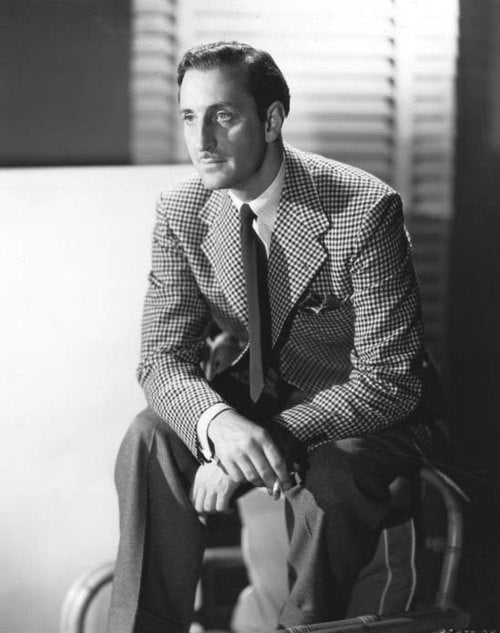
“The canvas was very flat, really just to support the chest of the suit,” Bryan continues. “And there was very little padding in the shoulder.”
The only role of the shoulder pad was to fill in the little dip next to the collarbone – to smooth it out rather than to raise it up. It was a small, triangular piece: still stiff and strong, but small.
“You see this approach mostly in uniforms today. They are cut to sit very close to the body, with a very high armhole. That gives you tremendous ability to move,” says Bryan. To accommodate this movement, those old suits were also made with a lot more fullness in the back of the sleeve.
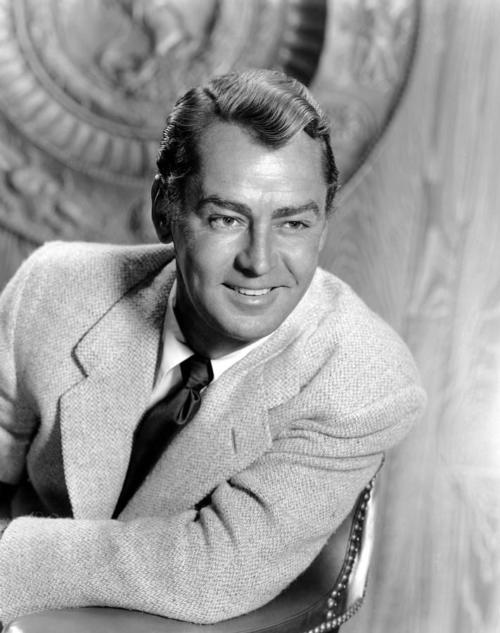
The fashion started to change during the 1940s. “Tailors started to put more chest into the jacket, to move that shoulder seam forwards so you had more space to work with,” says Bryan.
Shoulders got wider and more padded, and the emphasis turned to sculpting an ideal form with the suit, rather than reflecting the body underneath.
“It’s funny looking at those old movies. If you saw someone like Alan Ladd [above] with a jacket on, and then with it off, he was a completely different shape.”
The shoulder seam could now be moved forward without creating any problems, and the canvas and shoulder padding were different: “The chest canvas actually had to create and hold a shape, so you padded it in the round and took darts out of different places.”
You also had to work the cloth differently, holding in the crease edge (where the lapel folds over). And the shoulder pads now ran across the full width of the shoulder, to create a strong, straight line.
I find it an interesting comparison, given that today we tend to contrast the padded but clean-chested look of Huntsman with the soft but draped chest of an Anderson & Sheppard. Yet each of them incorporates different elements of that 1950s Atlas silhouette.
But Bryan is keen to point out that both modern styles are different to those old suits as well. “The shoulder pad is much softer, and conforms to the shoulder more than it did in the past,” he says. “Back then the pad was harder, sometimes concave, and pushed against the cloth.”
Houses also vary in how they adapt to fashions. A&S hasn’t changed much over the decades, but Huntsman and Kilgour were always keener to follow the trends: “If you look at a Huntsman suit from 30 years ago and compare it to a modern one, you can see a clear evolution.”
Back in the 1950s and 1960s everyone might have had bigger chests, but A&S was still softer and Huntsman more rigid.
English tailoring has also had to change a lot to deal with lightweight cloths. “Our suits used to rely far more on the maker manipulating the cloth – shrinking it, holding in, stretching out shoulders,” says Bryan.
“Anthony Sinclair [above, with Sean Connery] was a great for that. I used to know makers of his and it was fantastic what they could do – you can still see it on some of the James Bond suits.”
“Donaldson & Williams were another good one. They specialised in shooting clothing and used to have 1 1/4 inches more fullness in the back of the sleeve than the front. All of which had to be eased in and shrunk away. It took a lot of doing.”
But you can’t do that with a lighter cloth. “The Italians never did any of that; it was all in the cutting for them. They used to laugh and say we did all our tailoring with an iron. But it did give us an edge – it allowed us to do more.”
Photography: Jamie Ferguson @jkf_man


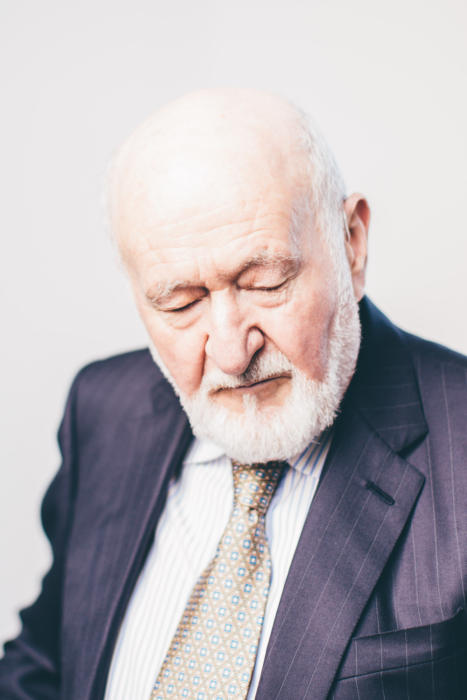
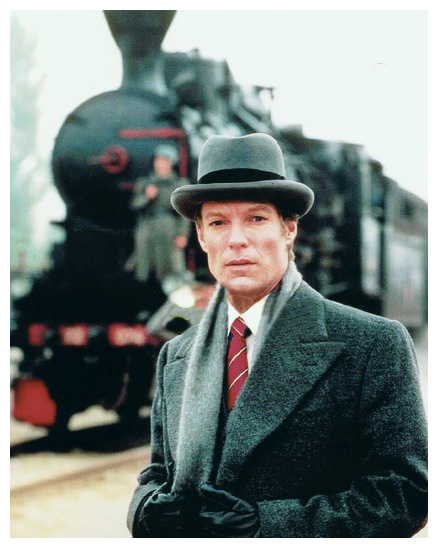
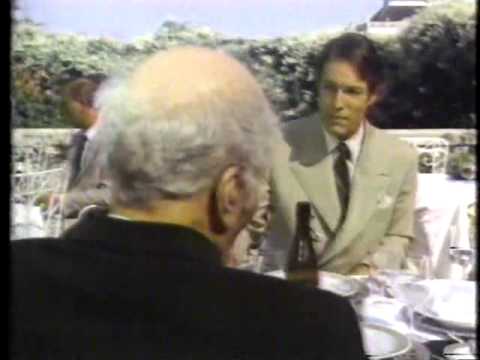

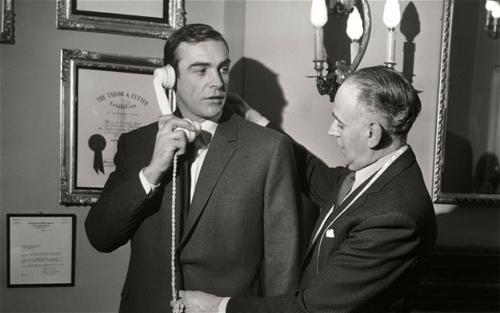
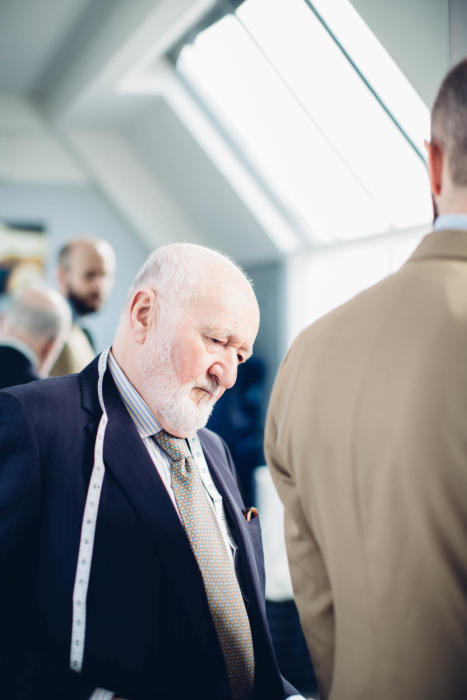


























Sean Connery is the man pictured, not Roger Moore.
Thanks! Changed
This is fascinating, thanks Simon.
Technically fantastic article which really gets into the 3 D aspect of tailoring.
I’ve read a fair amount about tailoring (e.g. High armhole, narrower waist etc ) but never come across the stuff mentioned in this article.
This is also a case where a video would make the explanation even better.
Thanks Simon, as always fascinating.
Makes me think that Saville Row tailoring of the 30s is closer to Neapolitan tailoring than it is to Saville Row of today.
Photographs of British suits of 1900 to 1930 have such a soft and sloping shoulder. Beyond the aesthetics this seems so much more a functional approach and in a curious way more modern than contemporary Saville Row.
I wonder if the changing structure of jackets is a reflection of a change in lifestyles over the past 70 – 80 years? Go back to the 1930s and I suspect the average waist and chest size was probably a lot slimmer than today, given that people were generally far less car dependent and would still have walked / bicycled / ridden most places. It’s not until the latter decades of the 20th Century, when rationing finally disappears and jobs become increasingly immobile, that tailors start needing to structure more in order to try and disguise our growing waistlines. Just a thought…
True Matt, though to be clear that shift to structure started in the 40s and was full blown by the 50s
Maybe it’s not a change in body but use, look at photos of the early twentieth century and suits are worn for physical labour and sports. As the suit becomes limited yo the office and less physically functional it becomes more decorative, more padding more constraint
More padding doesn’t have to mean more constraint. Huntsman makes suits for country sports and they use a lot of padding for them. Constraint with a lot of padding is an aspect of most ready-to-wear, but bespoke suits are made so much differently.
Matt, sorry can’t agree. I have suits made for me in Savile row and in Naples. Even after getting them made with lighter padding and smaller arm holes, my London suits do not give anything like the freedom of movement as the Neapolitan ones (with the same weight of cloth).
Very informative, thank you. Watching the old films you notice the suits but I’d never thought about style, cut etc beyond not liking the wide trousers. Those 30’s jackets look great though and now I know why. Can’t say I like the Alan Ladd jacket though – looks like it was made for someone twice the size. There seems to be a lot of padding and spare material in there.
Very interesting indeed, thank you.
The shrinking & stretching is what makes a suit so British, no? But how much of it is there today, given that it is so time consuming thus expensive?
Hi Simon,
This is a great post! This kind of background is really important to understand where we stand right now. The comparative approach to Italian tailoring is also wellcome. This kind of insight is clearly what we still miss with many blogs.
For sure, you had the right person at hand for this task!
Surprisingly enough, I find the 1930s trend – save the wide lapels – more appealing to me.
John
This sort of historical perspective is fascinating – would have liked to read more so would welcome any other opportunities you might have to provide similar pieces…love the thirties style and fuller cut trousers (seem to be in a minority on the latter to judge by comments I read here..)
Fascinating. I wonder what Mr. Manning might say of the reemergence of shoulder pads in the 1980s.
Which tailor of today is more close to 1930s style of cut ?
None are that similar – the English ones with that level of structure in the chest tend to have bigger shoulders. And A&S has more drape. Someone like Cifonelli, without the roped shoulder perhaps. But even then the chest canvas is too light
If it helps, I did post a short,piece on my father’s dinner suit made for him by Hawkes & Co in 1946 a while ago.
A simple horsehair canvas with no padding, cotton wadding in the shoulders, and that was pretty much it.
Shoulder seams, as referred to, were pulled back, and button holes a mix of hand (where they were visible) and machined where they were not.
In their day, I am not sure Hawkes could be beaten.
That sounds interesting, where can I find it?
I think climate has a lot to do with current trends towards lighter fabrics and less padding. As locations like Singapore, Hong Kong, Shanghai, Dubai, etc. have emerged as global business hubs, it has become more important to offer garments that will be (slightly) more comfortable in this sorts of climates. A typically structured British suit is much less comfortable than Neapolitan tailoring in these regions.
Hi Simon,
Found this article very interesting, thank you very much! I was wondering if you could recommend any further reading (books, articles, whatever) on this subject?
Cheers,
The best just came out – by academic Christopher Breward
https://www.amazon.co.uk/Suit-Form-Function-Style/dp/1780235232